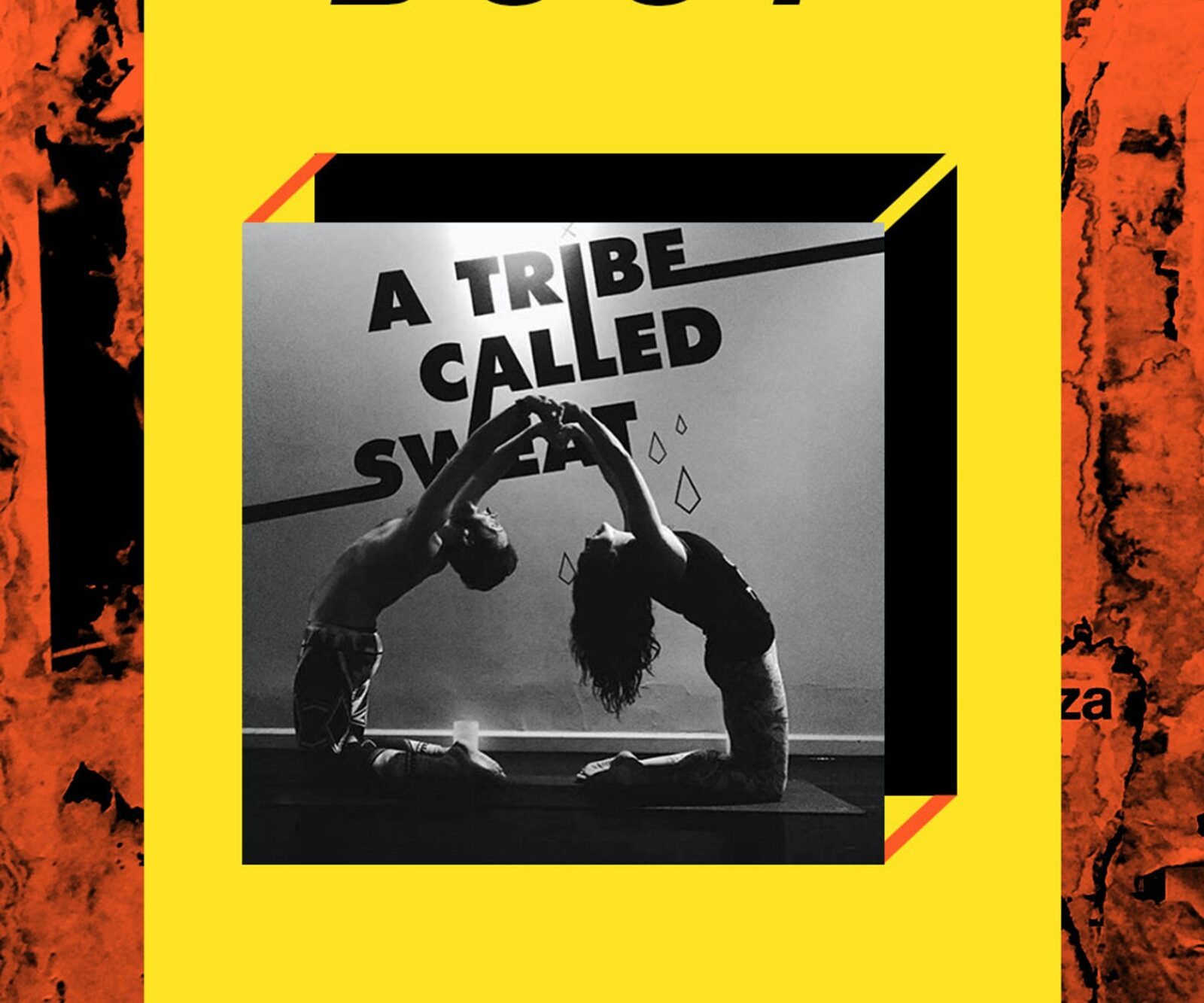From standard fitness to intimate introspection, witness a transformation of perspective through the practice and power of yoga.
I recall sitting on my mat in front of a class for the first time. My heart was racing and my voice was cracking. It felt strange that I would be teaching a class on my own. I had a script that I’d written strategically placed next to my mat, hidden behind 2 of those battery-operated candles. I asked myself in a rhythm of hesitant breaths, “Am I really doing this?”
I had everyone start with their eyes closed, encouraging everyone to notice the pace of their breath and to slow the mind. If we’re being honest, it was the longest 75 minutes of my life. I would pause in between postures to let them feel their body, to be present with their thoughts and emotions. The occasional silence felt awkward, but necessary. When I finished class, the students applauded and congratulated me for teaching my first class. As a relief as the end of the session was, the reception was truly heart warming.
I never really started out like this. Truth be told, I have never been into sports or any form of exercise. I could barely bend forward and touch my toes, nor have the endurance to finish a workout routine. I grew up with insecurities with how I looked or felt in my body. So, any form of physical activity ultimately felt foreign to me, especially when I was then introduced to yoga at the age of 21.
The first gym I went to offered group power yoga classes. It was my first experience with anything related to fitness. It was different from your usual studio class, much like a power workout with a few yoga poses peppered all throughout. As difficult as it was in the beginning, I loved the feeling I would get after. Ironic as it sounds, I felt exhausted, but awake. No other workout gave me that same feeling. As I got deep into the practice, the thirst to learn more led me to YouTube for yoga videos that I could do at home. This was when I came across Adriene Mischler’s channel, where I ended up trying her Yoga for Weight Loss series for an entire week—and I could barely finish the video. Her channel, Yoga with Adriene, has taught me a lot; from alignment principles, to the names of the poses, to the transitions and flows of the sequences. It was really her that inspired me to explore the realm of yoga even more intimately.
A few years later, I moved to Los Angeles and attended my gym’s Vinyasa Flow classes religiously. I brought the little knowledge I had from Adriene’s videos and kept an open ear for cues my instructors would throw at us. I noticed my body as it moved through space and how certain parts open or engage in specific postures. It taught me to be mindful and to search for the sensation and not the shape. This was when the evolution happened. My practice was not merely about the physical workout anymore, but a shift in how I consciously integrate myself in everything I do. My body started changing as mindfulness became a part of my yoga practice. It is true when they say that the breath is the first step of yoga. It became an instrument to stay present, to stay calm and still when my anxieties became overwhelming. My practice on the mat wasn’t always physically strenuous. I would sometimes take a moment to sit and bow forward or lay on my back—with eyes closed and breathe slow and steady to notice the fluctuations of the mind and the body. It’s these instances when the body needs to rest and the mind takes the front seat to not just unwind, but to let go of any unnecessary attachments. Here, I was able to better manage my emotions that way. In the constant practice the asanas (postures) that followed thereafter, I still bring the breath and the mindfulness with me. I like to see my practice as a dance choreographed to the rhythm of the breath and feeling. Together, they became a tool for me to overcome fears, insecurities, and gracefully face transitions that happens in life.
After a while, I’ve been advised by a couple of peers and teachers to explore yoga at a more proactive level by teaching. I’ve brushed it off at first, as we are wont to do, but I had this inkling that I would eventually do it. As serendipitous conversations and events unfolded, I found myself signing up for a teacher-training program. I’ve never been to a yoga studio and have no idea how different it is from the setting I was used to at the gym. With the intention to share the feeling I had and the change I manifested in my mind and body to others, I started with an open heart and an open mind.
My experience during yoga teacher training was amazing. I met the most inspiring people and learned a lot about the yoga tradition, for the history and the philosophies, to the postures and the skill of teaching. I was able to understand yoga in a way that is accessible and relatable to me. After graduating from the course, I was fortunate to be given a teaching spot at the studio and here I am today, still learning from every class I teach and every person that I meet. I know this learning experience will never end as I try to understand the way we all are and how the world unfolds. To this day, the pursuit for learning hasn’t stopped. In fact, it has only gotten more personal, more deep-seated, and my body, only more familiar to the motions.
For me, the practice of yoga is not about how many arm balances you can do, how mindful you can appear to be, or how cool, calm, and collected everything is. I practice because I feel that it cultivates more love and compassion to myself and to others. I teach because I want to open myself to learning from experience and from others, and to impart what I have experienced to everyone. The practice is about the willingness and the ability to be present within yourself, in your emotions and thoughts, as you sit to meditate, as you move in between postures or even when you are off the mat. Yoga is not just about flexibility, but at its fundamental, being conscious and aware, but not judging. The practice teaches us to be more receptive, to be more content, and to listen; not only to our body but also to others. I believe that we don’t only practice to move, but also to feel, to see, to experience, and to live as we lead every breath with good intention.
Now that is what I call the true meaning of namaste.





